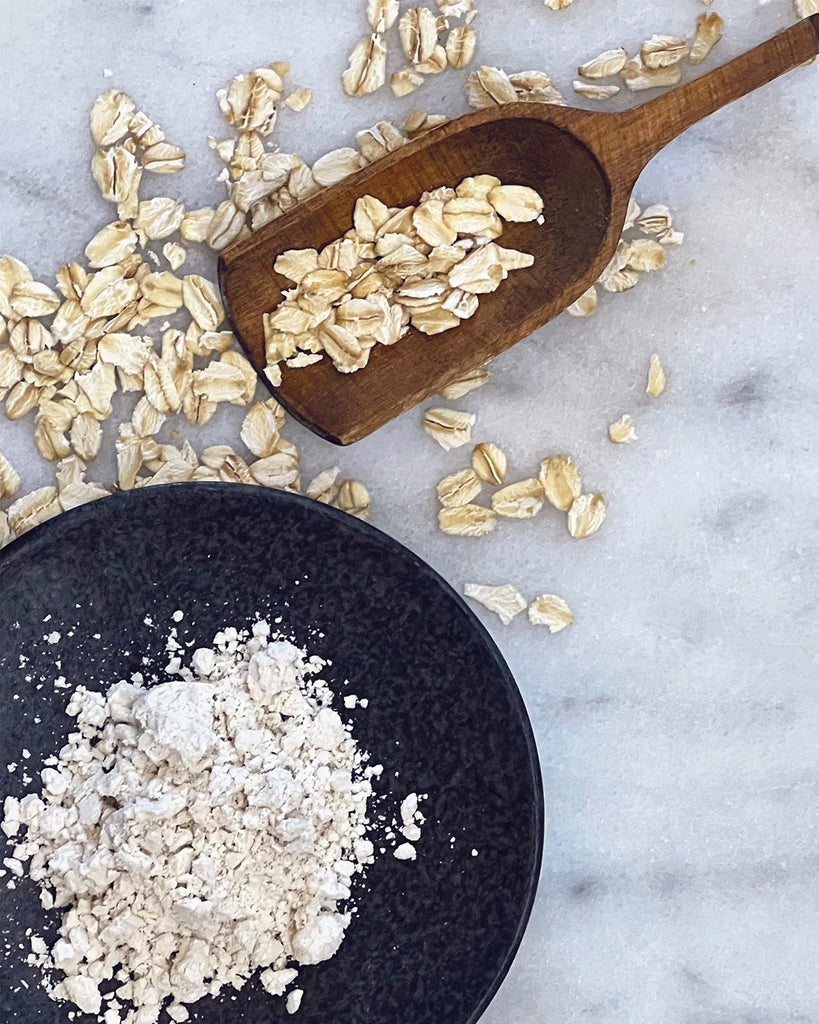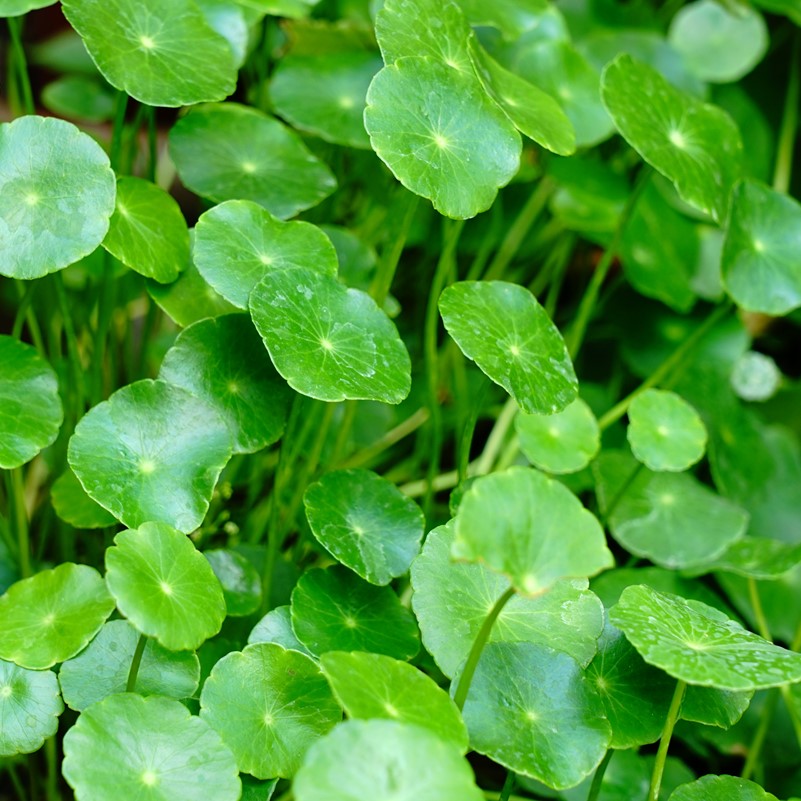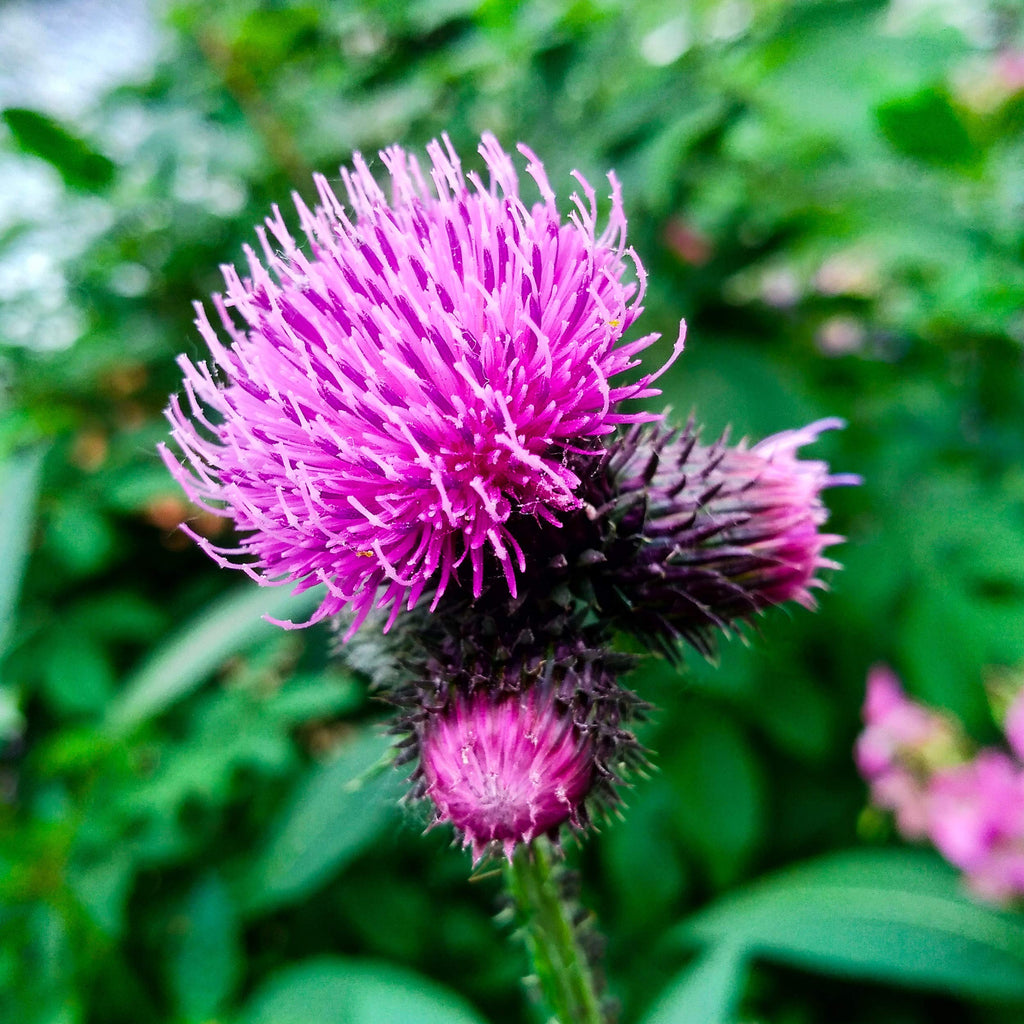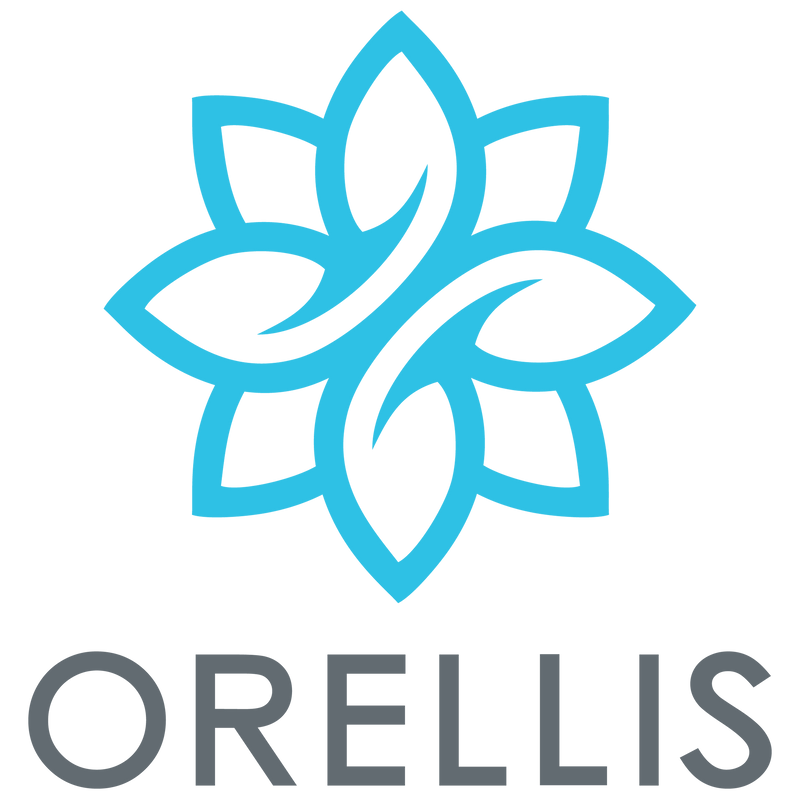Shop

Colloidal Oatmeal
Colloidal oatmeal, a finely ground form of oats, has been recognized for its therapeutic properties in the treatment of eczema, a chronic inflammatory skin condition. Scientific studies have shed light on the beneficial effects of colloidal oatmeal in alleviating major symptoms of eczema, such as itchiness, inflammation, dryness, and irritation. Here are three paragraphs explaining the benefits of colloidal oatmeal in a scientific manner, supported by trusted scientific sources:
Relieves Itchiness: One of the hallmark symptoms of eczema is severe itching, which can significantly impact an individual's quality of life. Colloidal oatmeal has been found to possess anti-itch properties, providing relief from the persistent itching associated with eczema. The oat-derived compounds in colloidal oatmeal, such as avenanthramides, have been shown to exhibit anti-inflammatory and anti-itch effects by modulating the release of inflammatory mediators in the skin. Additionally, colloidal oatmeal forms a protective barrier on the skin, reducing moisture loss and preventing further irritation, thus soothing the itchy sensation (Sato, Y., et al. (2008). Effects of Oatmeal Extract on Lectin-Like
Oxidized Low-Density Lipoprotein Receptor-1 Expression in Keratinocytes.
Journal of Dermatological Science, 52(2), 160-169).Anti-inflammatory Effects: Eczema is characterized by skin inflammation, which leads to redness, swelling, and discomfort. Colloidal oatmeal has demonstrated potent anti-inflammatory properties, making it an effective natural remedy for eczema. Studies have shown that oat-derived components, such as beta-glucans and phenolic compounds, possess anti-inflammatory activities by inhibiting the production of pro-inflammatory cytokines and chemokines. These bioactive compounds help to calm the inflammatory response in the skin, thereby reducing redness and swelling associated with eczema.
Moisturizes and Soothes Dry Skin: Proper hydration is crucial for managing eczema, as dry skin can worsen the condition and trigger flare-ups. Colloidal oatmeal acts as a moisturizer, helping to hydrate and replenish the skin barrier. Its high lipid and protein content helps to retain moisture in the skin, preventing excessive dryness. Furthermore, colloidal oatmeal contains natural emollients that form a protective film on the skin, reducing water loss and enhancing skin barrier function. This moisturizing effect not only alleviates dryness but also helps to soothe and soften the skin, providing relief from the discomfort associated with eczema.

Calendula
Calendula officinalis is also known as pot marigold, and it
grows in Mediterranean countries. Calendula has been used traditionally in European folk medicine to treat various inflammatory conditions like ulcers. Traditional folk medicine systems use Calendula due to the reported anti-pyretic, anti-inflammatory, anti-tumour and anti-microbial properties of Calendula flowers. The flowers were also used during the American civil war to treat wounds and as a remedy for different viral infections such as measles and smallpox. Currently, Calendula is used topically as alternative and complementary medicine in Europe to treat burns, cuts, rashes and dermatitis. This herb has beautiful yellow flowers, which are used to prepare infusions, tinctures, liquid extracts, creams and ointments. There are many different chemicals that have therapeutic activity that
are trapped inside the flowers. These compounds in the flowers can be extracted or made available using water or different alcohols based on the chemical structures of each compound. Therefore, these chemicals are able to therapeutically benefit
the applied skin surface. The anti-oxidants in Calendula flowers
also reduce the levels of reactive oxygen species, which are produced during inflammation by immune cells and causes tissue damage. Calendula flowers also have wound healing properties since the phytoconstituents increase the level of collagen, which is important for wound healing and skin repair.

Hydrocotyle (Centella)
Hydrocotyle umbellata is also known as “acariçoba” and it grows in tropical regions like South America and India. This plant has long leaves and numerous small white flowers. Hydrocotyle is used by communities in South America like Brazil, Argentina and Cuba to treat inflammatory conditions like ulcers, eczema, dermatitis, psoriasis. In South American and Indian folk medicine, preparations of Hydrocotyle leaves or roots are taken either orally or used in a bath to treat these inflammatory conditions. The leaves and the subterranean parts (i.e. roots) of the Hydrocotyle plant contain various compounds that have therapeutic activity. However, these compounds are not readily available. Therefore, the compounds with biological activity are extracted using different alcohols and water depending on the chemical structure of each compound. The leaves contain flavonoids, saponins and triterpenes. The anti-oxidants in Hydrocotyle leaves reduce the levels of reactive oxygen species produced by immune cells that cause tissue damage during inflammation. The leaves also contain hexadecanoic acid methyl ester, falcarinol and phytol, which reduces the levels of inflammatory proteins known as cytokines and inhibits the migration of immune cells like neutrophils. Also, the subterraneous parts of ydrocotyle contain hibalactone. Research in a mouse model of inflammation and pain has shown that hibalactone has anti-inflammatory and anti-nociceptive (pain) properties. The mechanism of action of hibalactone is not completely understood but it is thought that hibalactone reduces the level of various inflammatory proteins and reduces the migration of
immune cells to the site of inflammation.

Lappa Major

